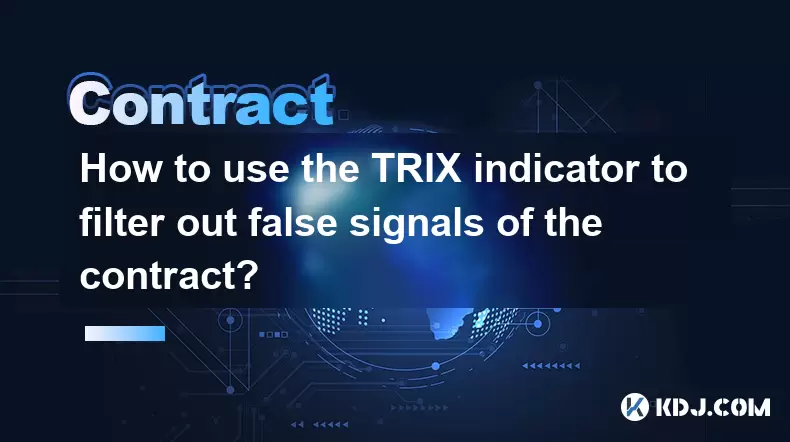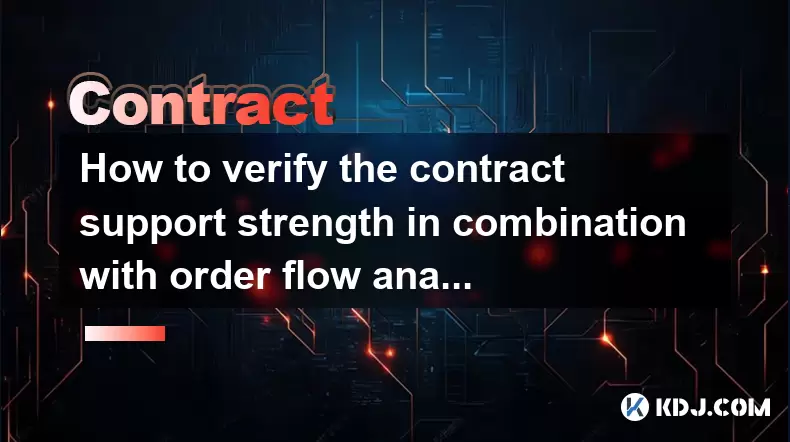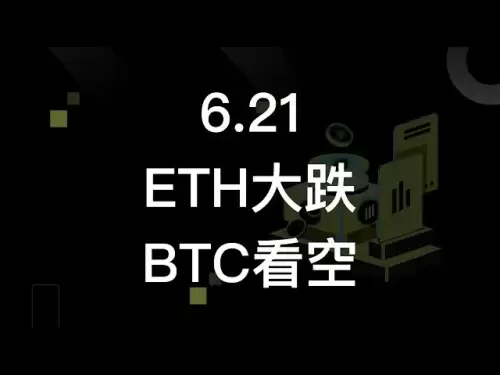-
 Bitcoin
Bitcoin $106,754.6083
1.33% -
 Ethereum
Ethereum $2,625.8249
3.80% -
 Tether USDt
Tether USDt $1.0001
-0.03% -
 XRP
XRP $2.1891
1.67% -
 BNB
BNB $654.5220
0.66% -
 Solana
Solana $156.9428
7.28% -
 USDC
USDC $0.9998
0.00% -
 Dogecoin
Dogecoin $0.1780
1.14% -
 TRON
TRON $0.2706
-0.16% -
 Cardano
Cardano $0.6470
2.77% -
 Hyperliquid
Hyperliquid $44.6467
10.24% -
 Sui
Sui $3.1128
3.86% -
 Bitcoin Cash
Bitcoin Cash $455.7646
3.00% -
 Chainlink
Chainlink $13.6858
4.08% -
 UNUS SED LEO
UNUS SED LEO $9.2682
0.21% -
 Avalanche
Avalanche $19.7433
3.79% -
 Stellar
Stellar $0.2616
1.64% -
 Toncoin
Toncoin $3.0222
2.19% -
 Shiba Inu
Shiba Inu $0.0...01220
1.49% -
 Hedera
Hedera $0.1580
2.75% -
 Litecoin
Litecoin $87.4964
2.29% -
 Polkadot
Polkadot $3.8958
3.05% -
 Ethena USDe
Ethena USDe $1.0000
-0.04% -
 Monero
Monero $317.2263
0.26% -
 Bitget Token
Bitget Token $4.5985
1.68% -
 Dai
Dai $0.9999
0.00% -
 Pepe
Pepe $0.0...01140
2.44% -
 Uniswap
Uniswap $7.6065
5.29% -
 Pi
Pi $0.6042
-2.00% -
 Aave
Aave $289.6343
6.02%
How to use the TRIX indicator to filter out false signals of the contract?
The TRIX indicator helps filter market noise and identifies momentum shifts, but works best when combined with moving averages and divergence analysis to avoid false signals in contract trading.
Jun 21, 2025 at 11:14 am

Understanding the Basics of the TRIX Indicator
The TRIX (Triple Exponential Average) indicator is a momentum oscillator used in technical analysis to identify oversold and overbought conditions, as well as potential trend reversals. It smooths price data by applying triple exponential moving averages, which helps filter out market noise. This makes it especially useful for traders dealing with contract markets, where false signals are common due to high volatility and erratic price movements.
Unlike traditional moving averages, the TRIX line oscillates around a zero line, indicating whether momentum is positive or negative. When the TRIX crosses above zero, it suggests bullish momentum, while a cross below zero indicates bearish momentum. However, these basic crossovers can sometimes produce false signals, particularly during sideways or choppy market conditions.
Identifying False Signals in Contract Trading
In contract trading, especially in cryptocurrency futures, price action can be highly sensitive to news events, macroeconomic shifts, and large order executions. These factors often create temporary spikes that mislead technical indicators like the TRIX. A false signal occurs when the indicator suggests a strong trend or reversal, but the price fails to follow through accordingly.
For example, a sudden pump followed by a rapid dump might cause the TRIX to briefly cross above zero, signaling a buy opportunity. Yet, if the momentum doesn't sustain, this could lead to losses. Traders must therefore understand how to distinguish between genuine momentum shifts and temporary fluctuations using additional tools and confirmation techniques.
Combining TRIX with Moving Averages for Signal Filtering
One effective method to reduce false signals is to combine the TRIX indicator with other technical tools, such as moving averages. The idea is to use a longer-term moving average to confirm the direction of the trend before acting on a TRIX signal.
- Use a 50-period exponential moving average (EMA) alongside the TRIX.
- Only consider long trades when the price is above the 50 EMA and the TRIX crosses above zero.
- Similarly, only consider short trades when the price is below the 50 EMA and the TRIX crosses below zero.
This combination ensures that you're aligning your trades with the dominant trend, filtering out counter-trend signals that are more likely to be false. Additionally, the EMA acts as a dynamic support or resistance level, offering better entry points.
Using Divergence to Confirm TRIX Signals
Divergence between the TRIX indicator and price action can be a powerful tool to validate or reject potential signals. Bullish divergence occurs when the price makes lower lows, but the TRIX makes higher lows, suggesting underlying strength. Conversely, bearish divergence happens when the price makes higher highs, but the TRIX makes lower highs, signaling weakening momentum.
To apply divergence effectively:
- Draw trendlines on both the price chart and the TRIX indicator.
- Look for discrepancies in their movement.
- If divergence is present at key support or resistance levels, treat the upcoming TRIX crossover with caution.
This technique is especially useful in crypto contract trading, where sharp moves can quickly reverse. By recognizing divergence early, traders can avoid entering positions based on misleading TRIX signals.
Setting Up Alerts and Customizing TRIX Parameters
Customizing the TRIX settings according to the specific contract being traded can significantly enhance its accuracy. Most platforms allow users to adjust the period length used for calculating the triple exponential moving average.
- For shorter timeframes (e.g., 5-minute or 15-minute charts), a shorter TRIX period (9 or 12) may respond faster to price changes.
- For swing trading or longer-term contracts, a longer period (14 or 20) reduces sensitivity and filters out more noise.
Setting up alerts on TRIX crossovers and divergences allows traders to stay informed without constantly monitoring the charts. Many trading platforms also allow integration with third-party alert systems or bots, enabling automated responses to potential trade setups.
Frequently Asked Questions (FAQ)
Q: Can the TRIX indicator be used alone for contract trading decisions?
A: While the TRIX is a powerful momentum indicator, relying solely on it can result in missed opportunities or false entries. It's best used in conjunction with other tools like moving averages, volume analysis, and support/resistance levels to increase accuracy.
Q: How does the TRIX differ from MACD in filtering false signals?
A: Both TRIX and MACD are momentum indicators, but TRIX applies triple smoothing, making it less reactive to short-term volatility compared to MACD. This gives TRIX an edge in filtering out false signals during choppy market conditions.
Q: What timeframes work best with the TRIX indicator for contract trading?
A: The TRIX performs well across various timeframes. For intraday contract trading, 15-minute and 1-hour charts are commonly used. For longer-term contracts, daily or weekly charts with adjusted TRIX periods help capture broader trends with fewer false signals.
Q: Is the TRIX suitable for all types of cryptocurrencies?
A: Yes, the TRIX can be applied to any cryptocurrency asset, but its effectiveness varies depending on market liquidity and volatility. In highly volatile altcoin contracts, combining TRIX with volatility filters like Bollinger Bands or ATR can improve performance.
Disclaimer:info@kdj.com
The information provided is not trading advice. kdj.com does not assume any responsibility for any investments made based on the information provided in this article. Cryptocurrencies are highly volatile and it is highly recommended that you invest with caution after thorough research!
If you believe that the content used on this website infringes your copyright, please contact us immediately (info@kdj.com) and we will delete it promptly.
- BNB Price Eyes $730 Target After ATH Rally Attempt
- 2025-06-21 16:25:12
- XRP Price: Market Breakout Imminent? Analyzing the Predictions
- 2025-06-21 16:25:12
- Shiba Inu, Cryptocurrency, and Investment: Beyond the Hype
- 2025-06-21 16:30:11
- AI Token Showdown: Can Ruvi AI Outpace Cardano to $1?
- 2025-06-21 16:45:11
- AI Token Race: Can Ruvi AI Outpace Cardano to the $1 Target?
- 2025-06-21 16:45:11
- Brand Ownership Redefined: Alki David's Crypto Revolution
- 2025-06-21 17:05:12
Related knowledge

How to use the price slope to filter the false breakthrough signal of the contract?
Jun 20,2025 at 06:56pm
Understanding the Concept of Price Slope in Contract TradingIn contract trading, especially within cryptocurrency derivatives markets, price slope refers to the rate at which the price changes over a specific time period. It helps traders assess the strength and sustainability of a trend. A steep slope may indicate strong momentum, while a shallow slope...

How to determine the expected volatility of the contract through the volatility cone?
Jun 19,2025 at 12:28pm
Understanding the Basics of Volatility in Cryptocurrency ContractsIn the realm of cryptocurrency trading, volatility is a key metric that traders use to assess potential risk and reward. When dealing with futures contracts, understanding how volatile an asset might become over time is crucial for position sizing, risk management, and strategy developmen...

How to formulate a contract intraday trading plan in combination with the pivot point system?
Jun 21,2025 at 03:42pm
Understanding the Basics of Pivot Points in Cryptocurrency TradingPivot points are technical analysis tools used by traders to identify potential support and resistance levels. These levels are calculated using the previous day's high, low, and closing prices. In the context of cryptocurrency trading, where markets operate 24/7, pivot points help trader...

How to use the volume swing indicator to predict the contract volume-price divergence?
Jun 18,2025 at 11:42pm
Understanding the Volume Swing IndicatorThe volume swing indicator is a technical analysis tool used primarily in cryptocurrency trading to evaluate changes in volume over time. Unlike price-based indicators, this metric focuses solely on trading volume, which can provide early signals about potential market reversals or continuations. The key idea behi...

How to use the Gaussian channel to set the contract trend tracking stop loss?
Jun 18,2025 at 09:21pm
Understanding the Gaussian Channel in Cryptocurrency TradingThe Gaussian channel is a technical indicator used primarily in financial markets, including cryptocurrency trading, to identify trends and potential reversal points. It is based on statistical principles derived from the normal distribution, commonly known as the Gaussian distribution or bell ...

How to verify the contract support strength in combination with order flow analysis?
Jun 20,2025 at 12:28pm
Understanding Contract Support Strength in CryptocurrencyIn the realm of cryptocurrency trading, contract support strength refers to the resilience of a price level where buying interest is expected to overcome selling pressure. This concept becomes even more nuanced when analyzed alongside order flow, which provides insights into the dynamics of buy an...

How to use the price slope to filter the false breakthrough signal of the contract?
Jun 20,2025 at 06:56pm
Understanding the Concept of Price Slope in Contract TradingIn contract trading, especially within cryptocurrency derivatives markets, price slope refers to the rate at which the price changes over a specific time period. It helps traders assess the strength and sustainability of a trend. A steep slope may indicate strong momentum, while a shallow slope...

How to determine the expected volatility of the contract through the volatility cone?
Jun 19,2025 at 12:28pm
Understanding the Basics of Volatility in Cryptocurrency ContractsIn the realm of cryptocurrency trading, volatility is a key metric that traders use to assess potential risk and reward. When dealing with futures contracts, understanding how volatile an asset might become over time is crucial for position sizing, risk management, and strategy developmen...

How to formulate a contract intraday trading plan in combination with the pivot point system?
Jun 21,2025 at 03:42pm
Understanding the Basics of Pivot Points in Cryptocurrency TradingPivot points are technical analysis tools used by traders to identify potential support and resistance levels. These levels are calculated using the previous day's high, low, and closing prices. In the context of cryptocurrency trading, where markets operate 24/7, pivot points help trader...

How to use the volume swing indicator to predict the contract volume-price divergence?
Jun 18,2025 at 11:42pm
Understanding the Volume Swing IndicatorThe volume swing indicator is a technical analysis tool used primarily in cryptocurrency trading to evaluate changes in volume over time. Unlike price-based indicators, this metric focuses solely on trading volume, which can provide early signals about potential market reversals or continuations. The key idea behi...

How to use the Gaussian channel to set the contract trend tracking stop loss?
Jun 18,2025 at 09:21pm
Understanding the Gaussian Channel in Cryptocurrency TradingThe Gaussian channel is a technical indicator used primarily in financial markets, including cryptocurrency trading, to identify trends and potential reversal points. It is based on statistical principles derived from the normal distribution, commonly known as the Gaussian distribution or bell ...

How to verify the contract support strength in combination with order flow analysis?
Jun 20,2025 at 12:28pm
Understanding Contract Support Strength in CryptocurrencyIn the realm of cryptocurrency trading, contract support strength refers to the resilience of a price level where buying interest is expected to overcome selling pressure. This concept becomes even more nuanced when analyzed alongside order flow, which provides insights into the dynamics of buy an...
See all articles

























































































